Consumer Demand for Functional Foods
The rising consumer demand for functional foods is a pivotal driver for the biofortification market. As individuals increasingly seek foods that offer health benefits beyond basic nutrition, biofortified products are gaining traction. This trend is reflected in Market Research Future indicating that the functional food sector is projected to grow by 10% annually, with biofortified foods playing a significant role in this expansion. Consumers are particularly interested in products that can enhance immunity, improve overall health, and provide essential nutrients. Consequently, the biofortification market is well-positioned to capitalize on this trend, as manufacturers innovate to meet the evolving preferences of health-conscious consumers.
Sustainability and Environmental Impact
Sustainability concerns are increasingly influencing consumer choices in the US, driving interest in the biofortification market. As agricultural practices face scrutiny for their environmental impact, biofortification offers a solution that aligns with sustainable farming methods. By enhancing the nutritional value of crops without the need for additional land or resources, biofortification can contribute to more sustainable food systems. The market is expected to benefit from this shift, as consumers and producers alike seek environmentally friendly options. Reports suggest that the biofortification market could see a surge in demand, with an estimated increase of 15% in market size over the next decade as sustainability becomes a priority for both consumers and policymakers.
Regulatory Support and Policy Frameworks
The biofortification market is bolstered by supportive regulatory frameworks and policies in the US. Government initiatives aimed at improving food security and nutrition have led to increased funding and research in biofortification technologies. For instance, the USDA has allocated significant resources to support biofortification projects, which enhances the credibility and visibility of the market. This regulatory backing not only encourages innovation but also fosters collaboration between public and private sectors. As a result, the biofortification market is likely to experience accelerated growth, with estimates suggesting a potential market value increase of $500 million by 2030, driven by favorable policies and funding opportunities.
Technological Advancements in Agriculture
Technological advancements in agricultural practices are significantly impacting the biofortification market. Innovations such as genetic engineering, CRISPR technology, and advanced breeding techniques are enabling the development of crops with enhanced nutritional profiles. These technologies not only improve the efficiency of biofortification processes but also ensure that the resulting crops are resilient and adaptable to changing environmental conditions. As these technologies become more accessible, the biofortification market is likely to witness increased investment and growth. Projections indicate that the market could expand by 12% over the next five years, driven by the integration of cutting-edge agricultural technologies that enhance crop quality and nutritional value.
Nutritional Deficiencies and Health Concerns
The increasing prevalence of nutritional deficiencies in the US population is a critical driver for the biofortification market. With reports indicating that nearly 10% of the population suffers from vitamin D deficiency and similar rates for other micronutrients, there is a growing demand for biofortified crops that can help alleviate these health issues. The biofortification market is positioned to address these concerns by enhancing the nutritional content of staple crops, thereby potentially improving public health outcomes. As consumers become more health-conscious, the market for biofortified foods is likely to expand, with projections suggesting a growth rate of approximately 8% annually over the next five years. This trend indicates a significant opportunity for stakeholders in the biofortification market to cater to the needs of health-aware consumers.


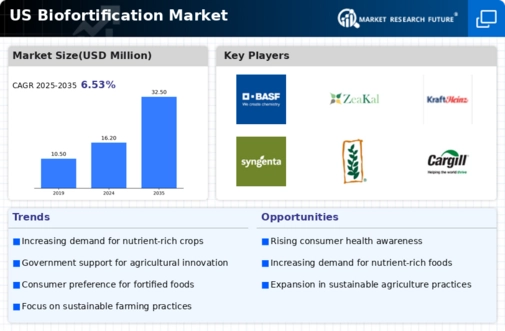
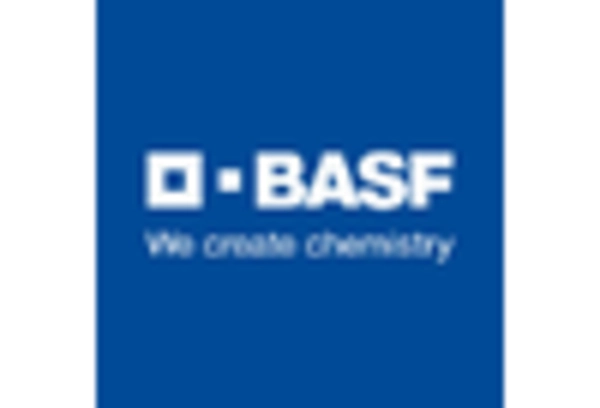
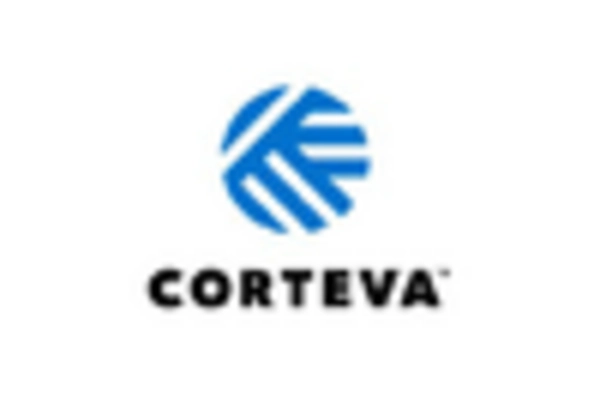
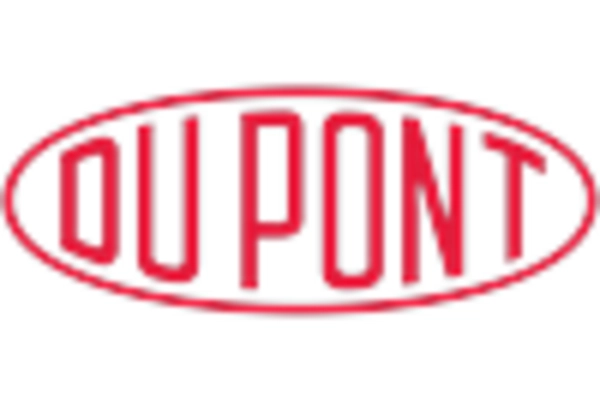
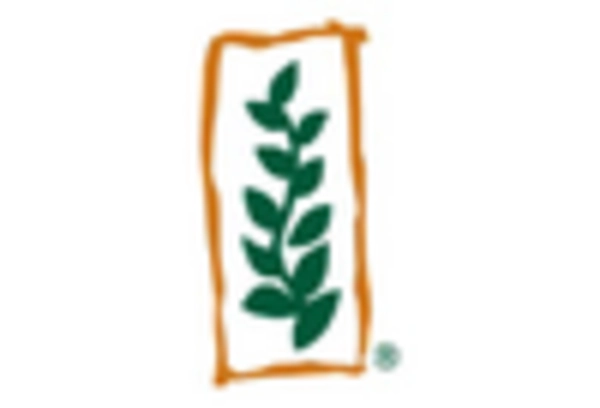
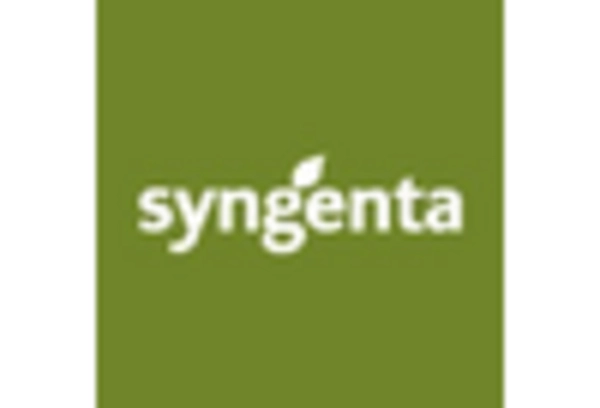
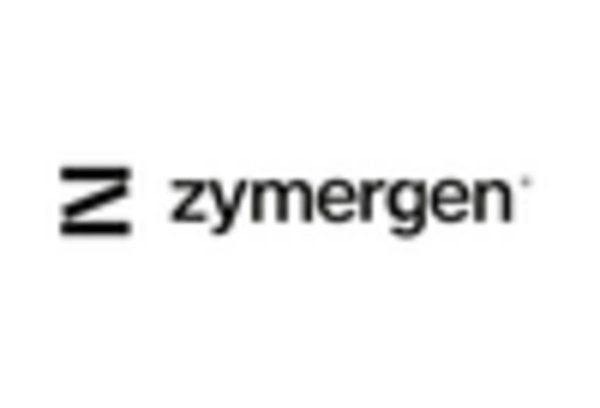








Leave a Comment